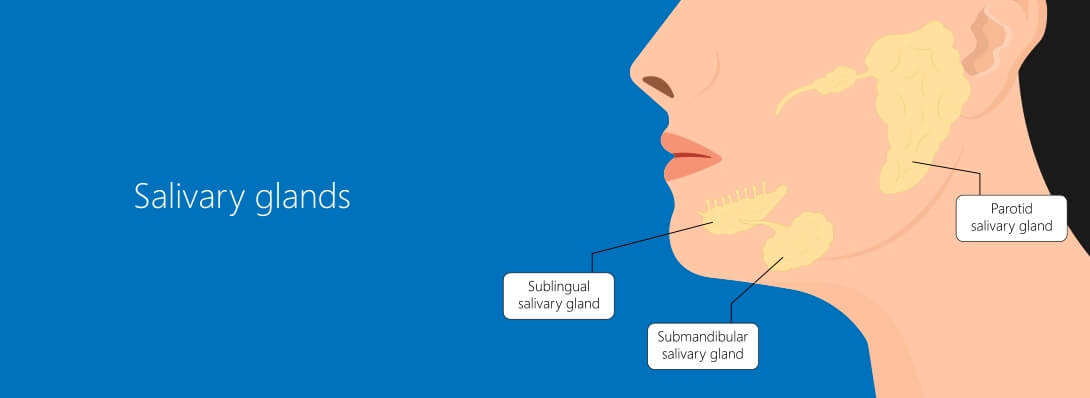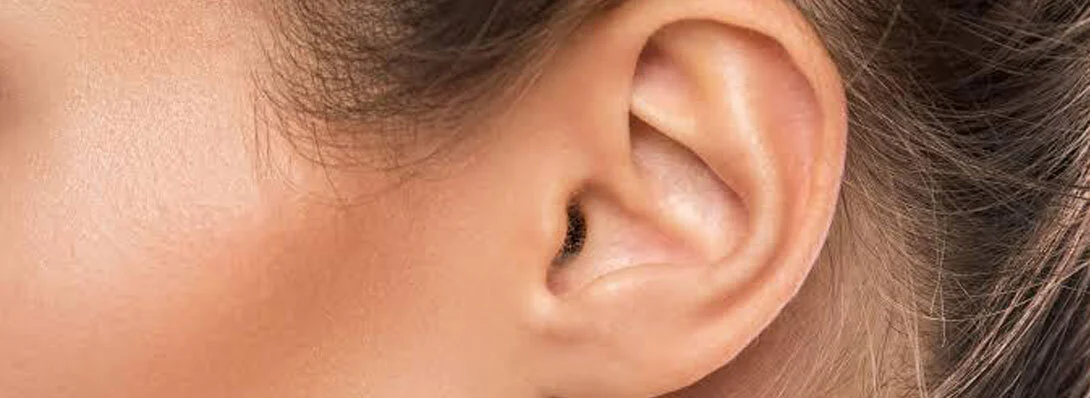The parotid gland is one of the major salivary glands (a gland that produces saliva) located behind the jaw (below the ear lobule). The facial nerve (a nerve that supplies the face) traverses between the superficial and deep parts of the parotid gland. Therefore, the conditions that affect the parotid gland can cause weakness of the facial nerve due to the proximity of the nerve to this gland.
The parotid gland lesions may be infective (parotitis), inflammatory, duct stones, or neoplastic. In addition, exposure to ultraviolet rays, industrial silica/asbestos dust, and increased intake of polyunsaturated fats can lead to parotid cancers. However, no specific genetic or hereditary factors have been found that lead to parotid tumors.
Both benign (non-cancerous) and malignant (cancerous) lesions can occur in the parotid gland, with 80% of the lesions being benign. Pleomorphic adenoma is the most common benign lesion of the parotid gland. The other benign lesions of the parotid glands include Warthin’s tumor, monomorphic adenoma, lymphangioma, oncocytoma, etc. Mucoepidermoid cancer is the most common cancer of the parotid gland; other less common types are adenoid cystic cancer, adenocarcinoma, acinic and squamous cell cancers.
Common Symptoms of a Parotid Tumors
The most common symptom of a parotid tumor is the painless, long-standing swelling below the ear lobule or behind the jaw. Other symptoms include ear pain, pain over the swelling, numbness over the same side of the face and facial weakness, ulceration over the swelling and inability to open the mouth. The presence of pain, a sudden increase in the size of swelling, facial weakness and ulceration can indicate malignancy. Facial weakness can be either due to compression of the facial nerve due to increased size or the spread of cancer to the nerve.
Screening Process
The first line of investigation for parotid neoplasm is usually an ultrasound scan (USG) followed by fine-needle aspiration (FNAC) of the swelling. USG identifies the basic nature of the swelling and whether it involves the superficial or deep part of the parotid gland. It can also identify the involvement of lymph nodes, if any. FNAC can determine the pathology of the swelling (cancer versus non-cancerous) and type of lesion. However, FNAC can be diagnostic only in 70% of parotid lesions. An ultrasound-guided core biopsy can also be done when FNAC is non-diagnostic. Contrast-enhanced MRI scan is mandatory to identify the extent of the mass and the involvement of the facial nerve.
Parotid Tumor Treatment
The mainstay of treatment for parotid tumor and cancer is surgery. In addition, adjuvant therapy like radiotherapy and chemotherapy is warranted in the case of advanced stages of parotid cancer. Over the century, the approaches and incisions have evolved in the field of parotid surgery to improve both functional and aesthetic outcomes. However, post-operative scar over the face and neck negatively impacts the individual’s quality of life. Very few surgeons worldwide perform minimally invasive parotidectomy, but their incisions are either longer or not hidden. Dr Satish Nair at Apollo Cancer Centre, Bangalore (India), performs mini-incision parotidectomy via a 2.5-3cm incision placed behind the ear lobe, leaving a hidden scar behind the ear.
Dr Nair at Apollo Cancer Centres is one of the very few surgeons in the world who performs mini-incision parotidectomy and the only one to have behind the ear approach. He has performed over 100 mini-incision parotidectomies with excellent results over the past five years. His impeccable surgical expertise has led to excellent surgical and cosmetic outcomes.





.png)




